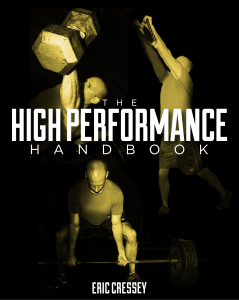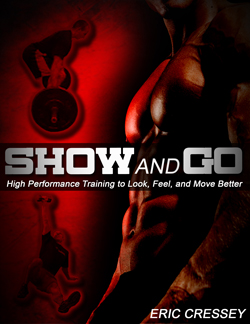There is a video being shared on social media showing a softball team incorporating a hop as the pitcher releases the ball when playing defense. The video continues to describe the scientific basis for this action. The purpose of this article is to dig a little deeper into the premise of the stretch shortening cycle.
The stretch shortening cycle is an active stretch (eccentric action) of a muscle followed by an immediate shortening (concentric action) of that same muscle. This concept may best be illustrated by thinking about the act of jumping as in basketball. A basketball player initiates the jump process by squatting to “pre-stretch” the thigh and hip muscles so they then contract with more force – similarly to stretching a rubber band prior to letting it go to fly across the room. The stretch shortening cycle, combined with ground reaction forces – what you push into the ground, the ground “pushes” back into you, is what allows the basketball player to produce a powerful jump.
But does the stretch shortening cycle affect reaction time? Reaction time can be negatively affected during prolonged bouts of maximal stretch shortening cycle activation (i.e. box jumping or plyometrics in the gym for extended repetitions). In the video (see below) you will notice that the softball team members are not maximally activating the stretch shortening cycle.
So, does submaximal activation of the stretch shortening cycle positively influence reaction time? Perhaps digging a little deeper into “what is reaction time?” may prove beneficial. Reaction time is simply the time it takes to initiate a response once a stimulus is received. Science tells us that there are three components to reaction time:
- Stimulus recognition (pitcher delivers the ball / hitter makes contact)
- Response choice (move left, move right, move up, move back, jump, etc.)
- Response engagement / activation (movement patterns to execute the response choice are initiated)
Any athlete that has ever trained with me will recall the phrase “negative movements”. Negative movements are motor actions that conflict with the intended movement goal. For example, if an athlete is attempting to initiate a movement into a certain direction or attempts to change direction, any movement that causes that athlete to shift his or her center of gravity contrary to the intended direction is spending energy but not making progress towards the intended direction. Thus, a negative movement occurs.
What the hop demonstrated in the below video is accomplishing is negating negative movements. Upon landing from the hop the muscles are pre-activated. This allows the athlete to move in any direction without wasting energy of having to react from a dead stop position. This hop is the modern day “get ready to anticipate” movement that many of us who played softball or baseball in yesteryear recognize as taking a step towards the plate as the pitcher released the ball.
So back to our question of does submaximal activation of the stretch shortening cycle positively influence reaction time? I believe the answer is yes. It can improve reaction time by negating negative movements.
Wishing you health and success,
Joe


Follow Joe